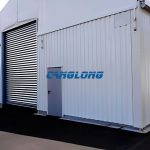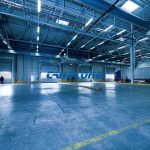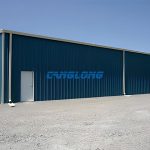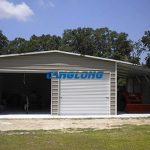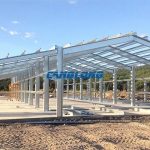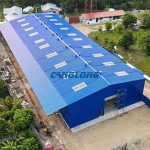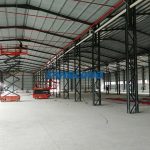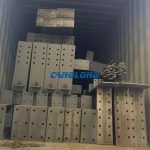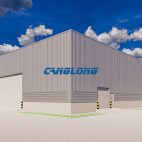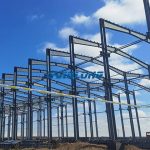What factors affect the prefabricated warehouse price?
Prefabricated warehouses have become increasingly popular in recent years due to their many advantages over traditional warehouses. One of the main advantages of prefabricated warehouse is their cost-effectiveness. In this article, we will discuss the factors that affect the price of prefabricated warehouses and how you can get the best value for your money.
The prefabricated warehouse price depends on several factors. The first and most obvious factor is the size of the warehouse. The larger the warehouse, the more expensive it will be. However, larger warehouses also offer more storage space, which can be more cost-effective in the long run. The second factor that affects the price of a prefabricated warehouse is the materials used to construct it. Prefab warehouse can be made from a variety of materials, including steel, wood, and concrete. Each material has its own advantages and disadvantages, and the price will depend on the quality and quantity of the materials used.
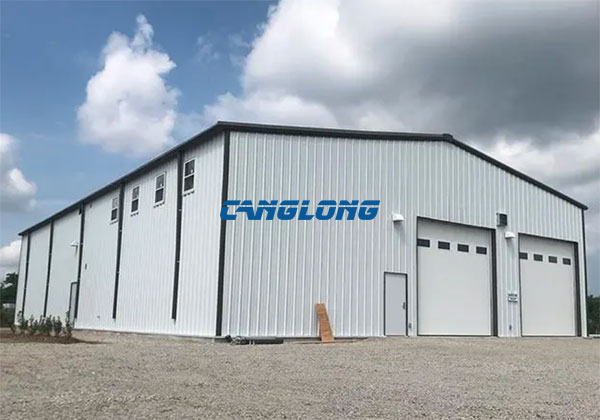
Another factor that affects the price of a prefabricated warehouse is the design. Custom-designed warehouses are generally more expensive than standard designs, but they can be more efficient and better suited to your specific needs. The complexity of the design will also affect the price, as more intricate designs require more materials and labor to construct.
The location of the warehouse also plays a role in determining its price. The cost of land and labor varies from region to region, so warehouses located in areas with higher costs will generally be more expensive. Additionally, the distance from the warehouse to transportation hubs such as ports and airports can also affect the price, as transportation costs will be higher for warehouses located further away.
When shopping for prefabricated warehouses, it is important to compare prices from different suppliers. The cheapest option may not always be the best value for your money, as lower-priced warehouses may be made from lower-quality materials or have less efficient designs. Look for suppliers that offer a good balance of price and quality, and be sure to ask about any hidden costs such as delivery and installation fees.
In addition to comparing prices, you can also save money on your prefabricated warehouses by choosing a standard design instead of a custom design. Standard designs are usually more cost-effective, as the supplier can use pre-existing plans and materials to construct the warehouse. You can also save money by choosing a warehouse made from lower-cost materials such as wood instead of steel or concrete.
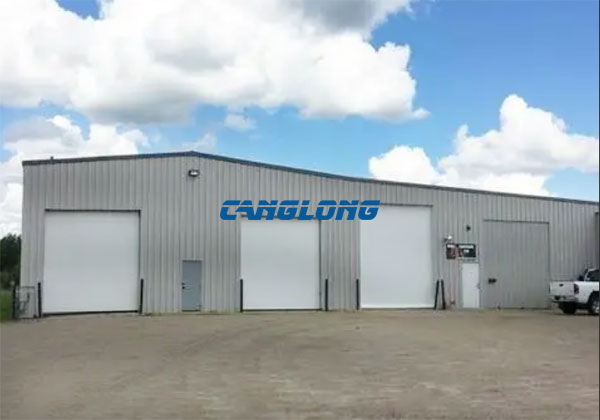
Finally, it is important to consider the long-term costs of your prefabricated warehouse. While a lower-priced warehouse may seem like a good deal, it may require more maintenance and repairs in the long run, which can add up to significant costs over time. Choosing a higher-quality warehouse may cost more upfront, but it can be more cost-effective in the long run due to its durability and efficiency.
In conclusion, the prefabricated warehouse price depends on several factors, including size, materials, design, and location. To get the best value for your money, it is important to compare prices from different suppliers and consider the long-term costs of the warehouse. By taking these factors into account, you can find a prefabricated warehouse that meets your needs and budget.
